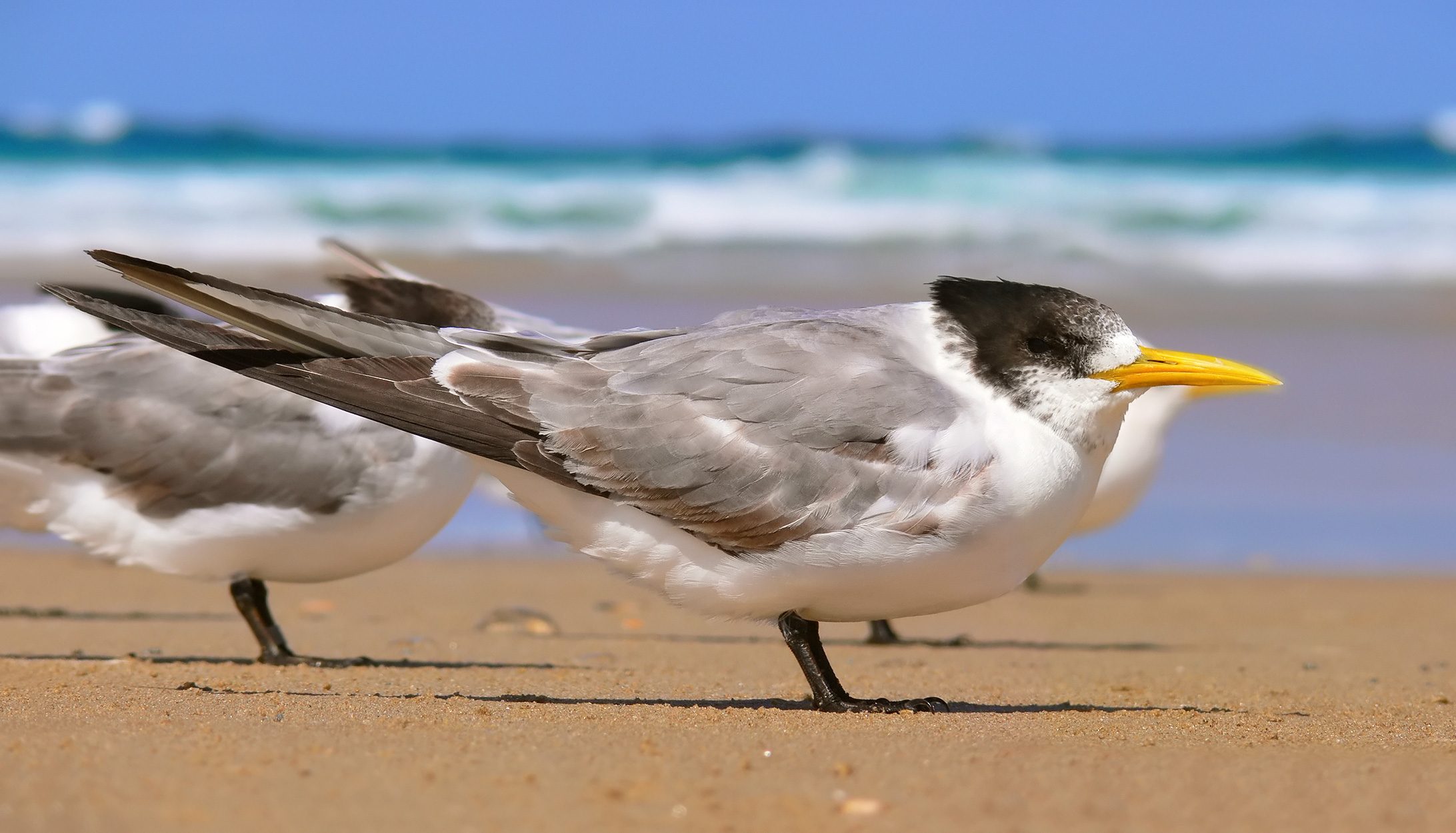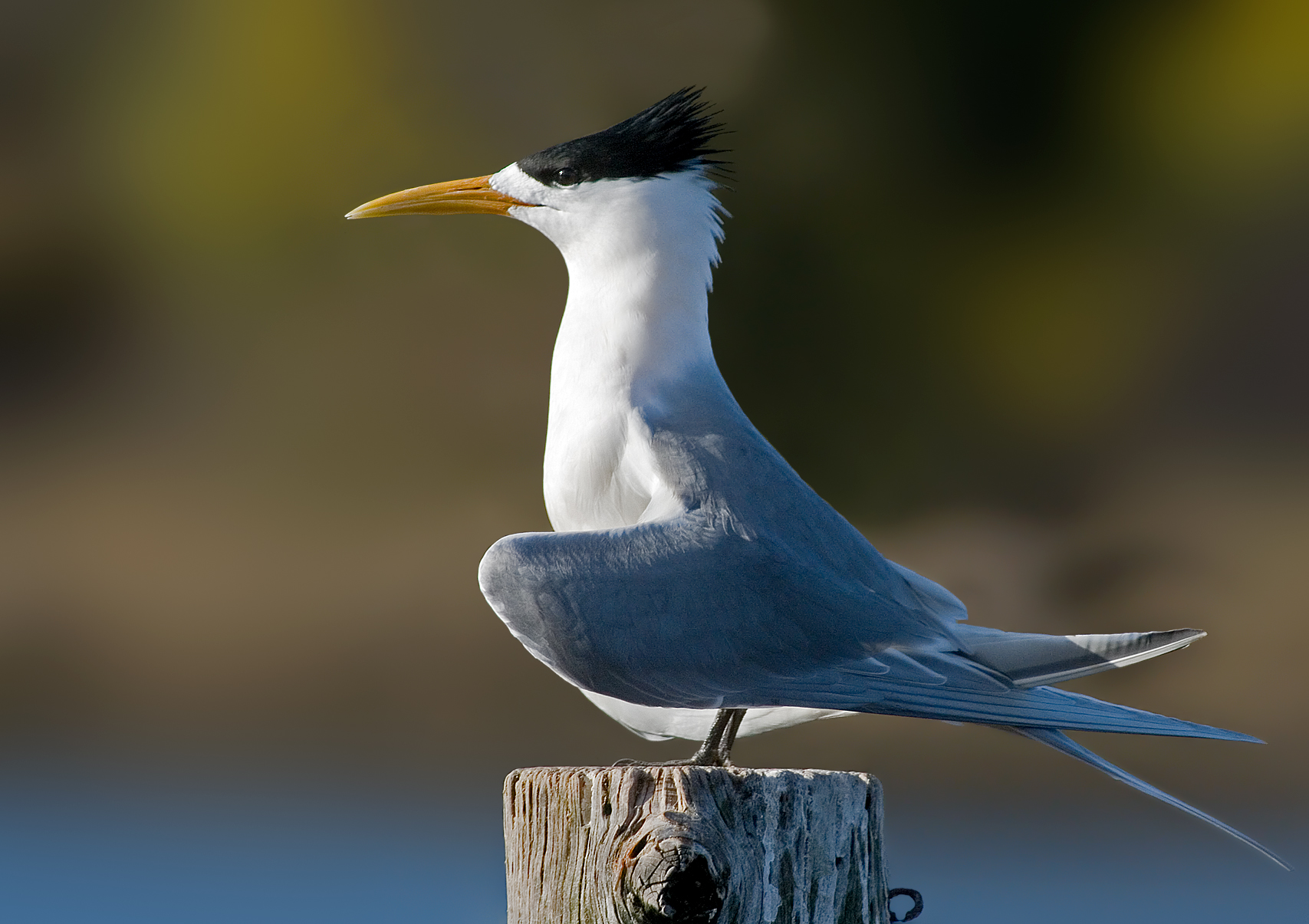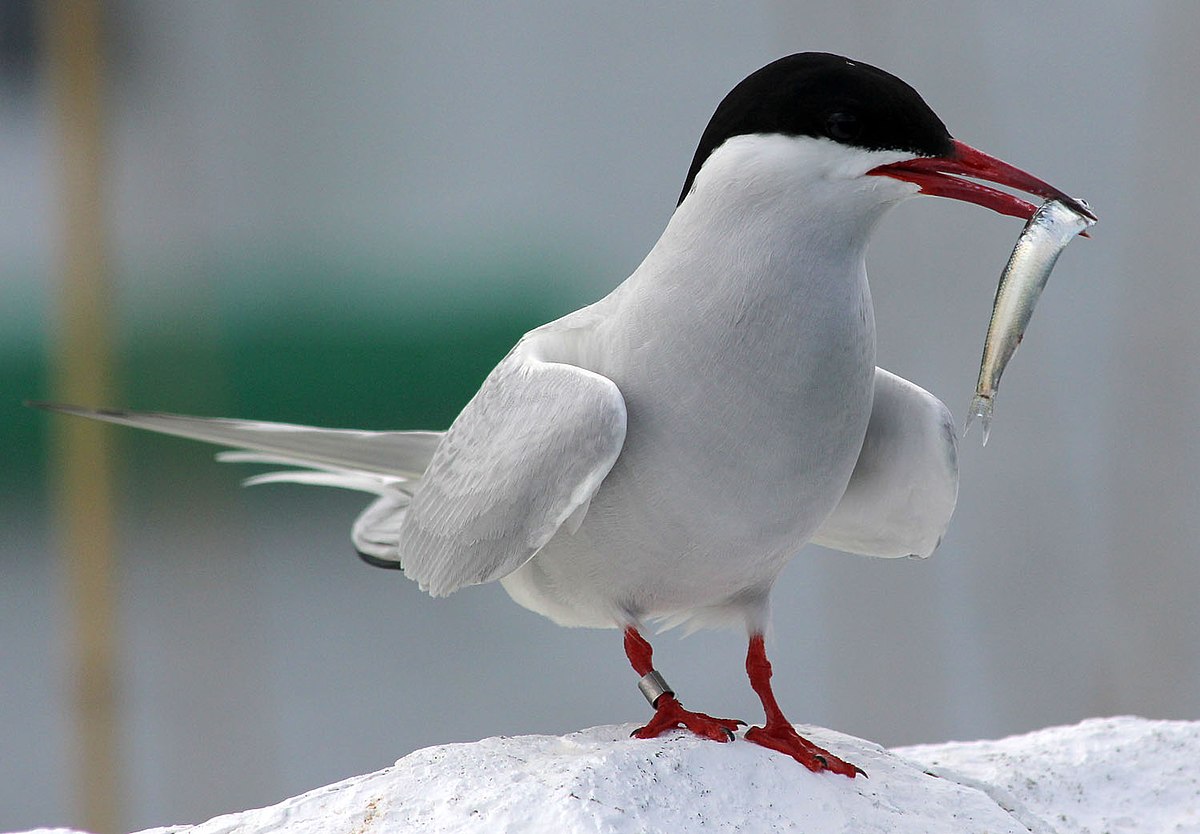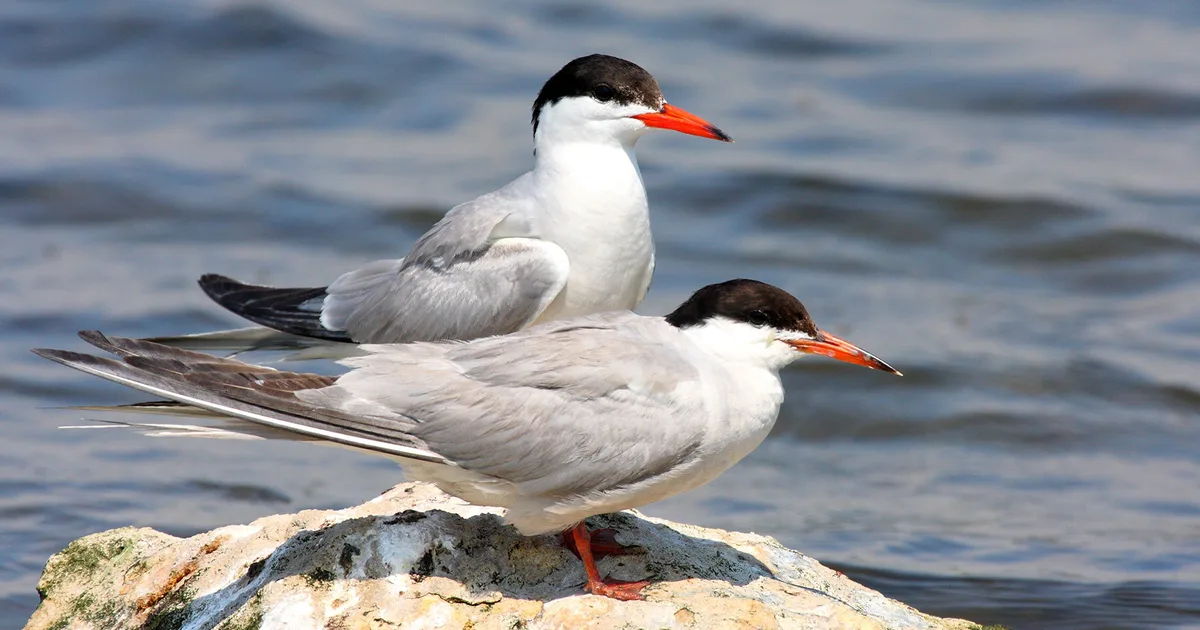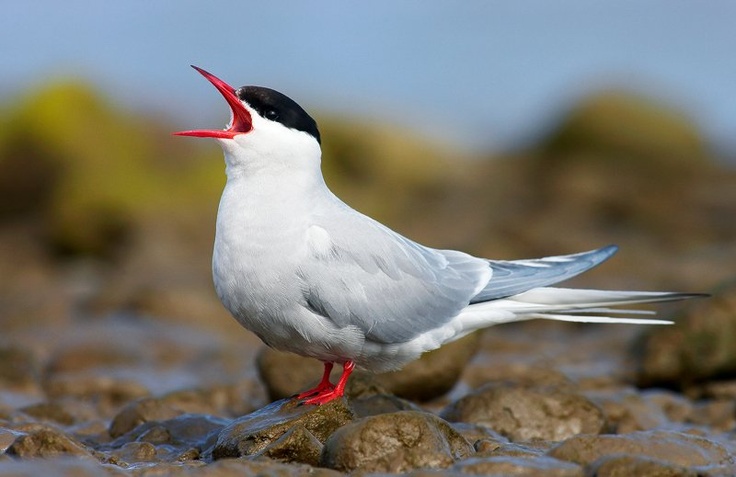The Sternidae Bird: Graceful Aerial Mariners
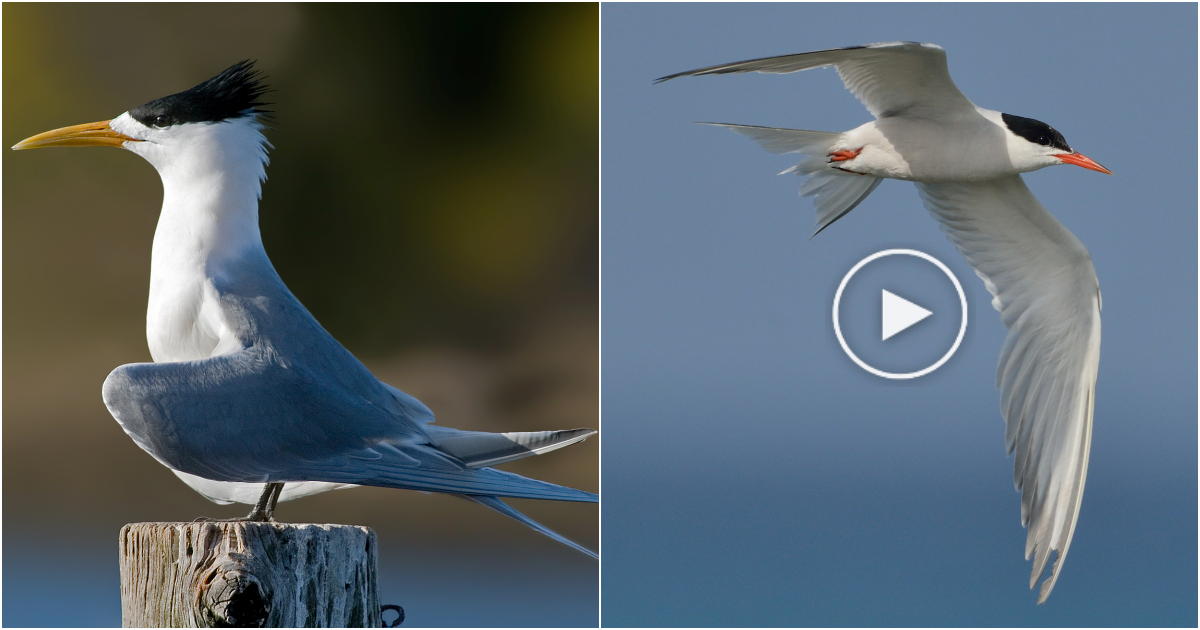
The Sternidae, commonly known as terns, are a family of birds that belong to the order Charadriiformes. These elegant avian creatures are well-adapted for a life spent soaring and diving above oceans, rivers, and lakes. With their slender bodies, pointed wings, and long, forked tails, terns possess both agility and beauty in their flight.
Terns are part of the Sternidae family, which comprises about 44 species worldwide. They can be found across the globe, inhabiting coastal regions, as well as inland bodies of water. Some species, such as the Arctic Tern (Sterna paradisaea), undertake remarkable migrations, traveling extraordinary distances between their breeding grounds in the Arctic and their wintering grounds in the Antarctic.
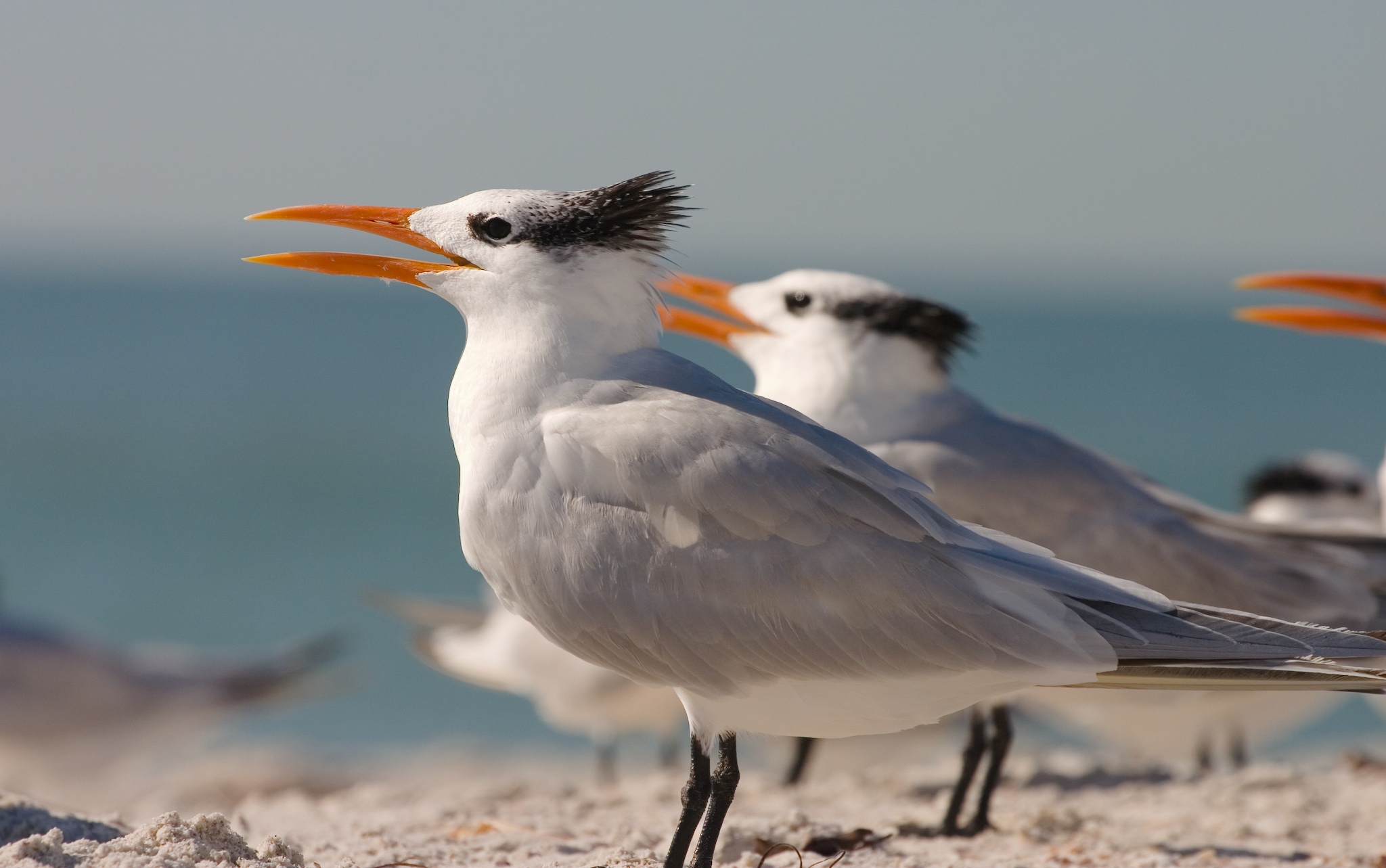
Terns are highly adapted to their marine habitats, where they demonstrate remarkable fishing skills. They have the ability to hover in mid-air before plunging into the water to catch their prey. Terns are primarily piscivorous, although some species also consume crustaceans and insects. They are gregarious birds, often nesting in colonies on sandy beaches, rocky islands, or marshes. These colonies can consist of thousands of individuals, and the synchronized flight patterns and raucous calls of the terns create a fascinating spectacle.
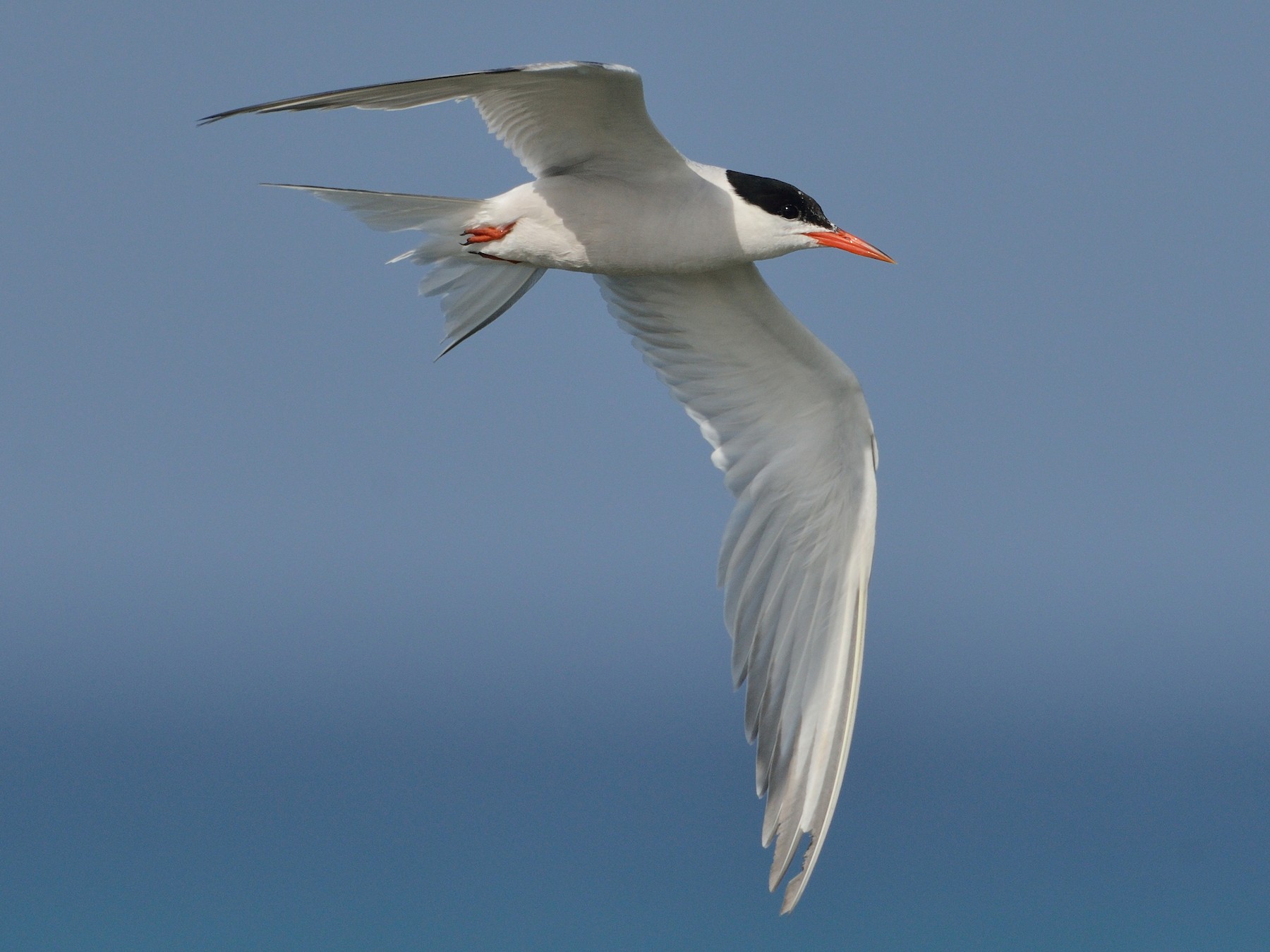 Breeding among terns typically occurs in spring and summer, with nesting sites carefully selected to provide protection from predators. Nests are often simple scrapes in the ground or among vegetation, sometimes lined with bits of grass or shells. Terns are known for their strong pair bonds, with both parents participating in incubating the eggs and caring for the chicks. The young terns develop rapidly and are capable of flight within a few weeks of hatching.
Breeding among terns typically occurs in spring and summer, with nesting sites carefully selected to provide protection from predators. Nests are often simple scrapes in the ground or among vegetation, sometimes lined with bits of grass or shells. Terns are known for their strong pair bonds, with both parents participating in incubating the eggs and caring for the chicks. The young terns develop rapidly and are capable of flight within a few weeks of hatching.
Despite their adaptability and widespread distribution, tern populations face various threats. Habitat loss due to coastal development, disturbance at nesting sites, and predation by introduced species are significant challenges for many tern species. Climate change and pollution further exacerbate these threats, affecting both their breeding and foraging grounds. Conservation efforts, including the establishment of protected areas and education on responsible coastal practices, are crucial for the long-term survival of terns and their ecosystems.